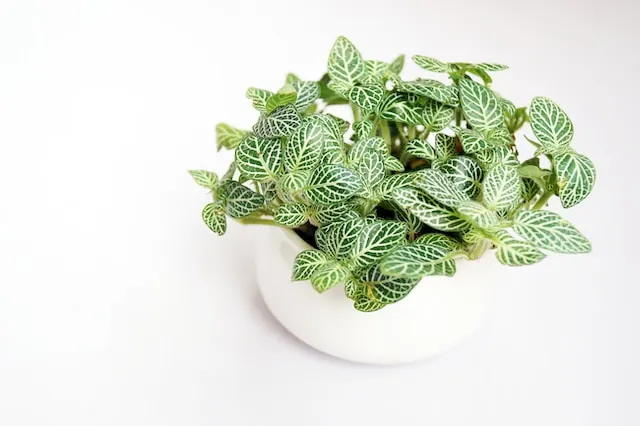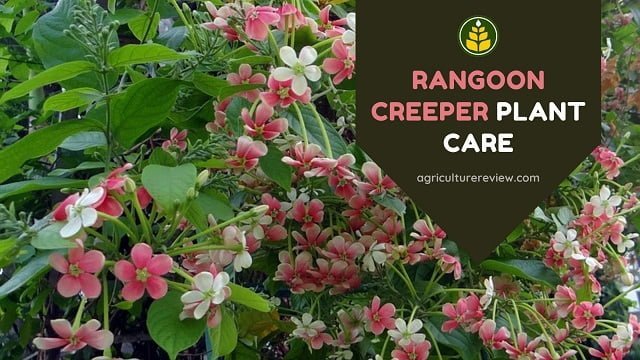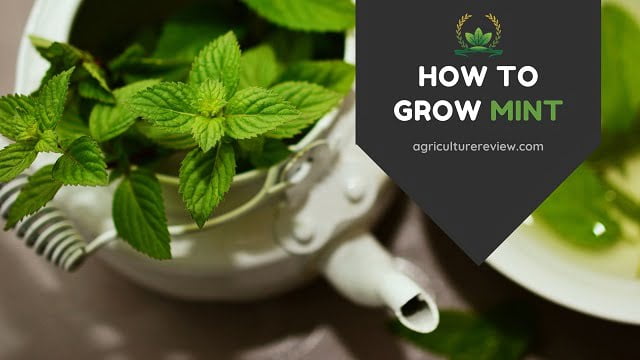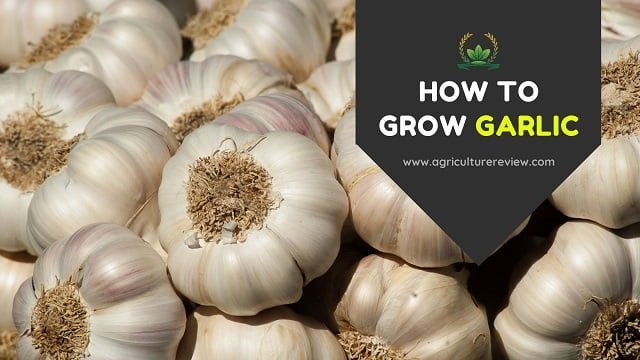Fittonia also called the Nerve plant is an evergreen, slow-growing, moisture-loving, perennial houseplant that is native to tropical rainforests in South America, mainly Peru. It grows up to a maximum of 10 to 15 centimeters tall and is popular for its attractive deep green to red, pink and white colored, oval-shaped, veined leaves.
However, it is a very cute and popular houseplant, but to care for fittonia, you need to follow all the guidelines of this article carefully.
Table of Contents
Fittonia Care Guide
Follow these tips and guidelines to care for fittonia plant.
- Sunlight: Fittonia plant can not tolerate direct sunlight for longer duration, hence place this plant at a spot where it can receive bright indirect sunlight throughout the day. If you are looking for a houseplant that can grow under low light in your bathroom, then bringing a nerve plant to your home is a wonderful idea.
- Soil & Potting Mix: Fittonia plants can grow well in slightly acidic soil with a pH of around 6.5. Prepare potting mix with 40% soil + 40% organic compost + 20% cocopeat. Avoid planting nerve plants in sandy soils as they enjoy a little moisture around their roots.
- Watering: Nerve plant is a moisture-loving plant, but this doesn’t mean that you overwater this plant. Keep the soil a little moist and mist your nerve plant with water during the dry season. Misting once after 3 to 4 days is considered an ideal practice. Make sure to avoid water logging in the pot. Due to over-watering, leaves can start yellowing and becoming limp.
- Fertilizers: It is not a heavy feeder, but for ideal plant growth, you can fertilize nerve plants with a handful of dry cow dung manure or vermicompost once every 30 days. Avoid adding too much fertilizers to this plant.
- Pruning: To promote new growth in the plant and make it bushy, pinch off the tips of the plant. You can also remove the flowers as this plant is mainly kept of its beautiful foliage, however, this decision is completely on you.
- Potting & Repotting: You can plant this plant in a small-sized pot, a pot size of 6 to 8 inches. Although it is a slow-growing plant that does not require frequent repotting, when the roots start coming out from the bottom drainage holes of the pot, only then transplant it to a new and large-sized pot.
- Pests & Diseases: Your Fittonia plant can be affected by fungus gnats, mealy bugs, or aphids. You can control them using neem oil. Yellowing of leaves can occur due to over-watering, and leaf drops occur during cold chilling winters. If kept under direct sunlight or low watering conditions, plant leaves start drying.
How To Propagate Fittonia (Nerve Plant)?
You can propagate Fittonia or nerve plant during the spring to summer season by stem tip cuttings. With the help of a clean pruning shear, take a 3 to 4 inch long stem cutting with at least two growing nodes at the bottom of the stem cutting. Dip the bottom end of the cutting in the rooting hormone powder and then plant them in a potting mix prepared by mixing 70%cocopeat + 30% organic manure.
After planting, water immediately and keep the potting soil moist but not soggy. Within 14 to 20 days new roots will start developing in the cuttings.
FAQ On Fittonia (Nerve Plant)
How To Make Fittonia Bushy?
To make Fittonia bushy, you can pinch off the top tips of stems to promote new growth.
Are Fittonia Toxic To Cats?
No, Fittonia is non-toxic to cats and dogs.
Why Is My Fittonia Drooping?
Underwatering or too much exposure to direct sunlight could be the reason for leaf drop in your Fittonia plant. Increase watering and place your plant under indirect sunlight to stop leaf dropping.
Can Fittonia Grow In Water?
Yes, you can grow the Fittonia plant in water just like pothos, but you need to change the water periodically to maintain oxygen levels in the water.






